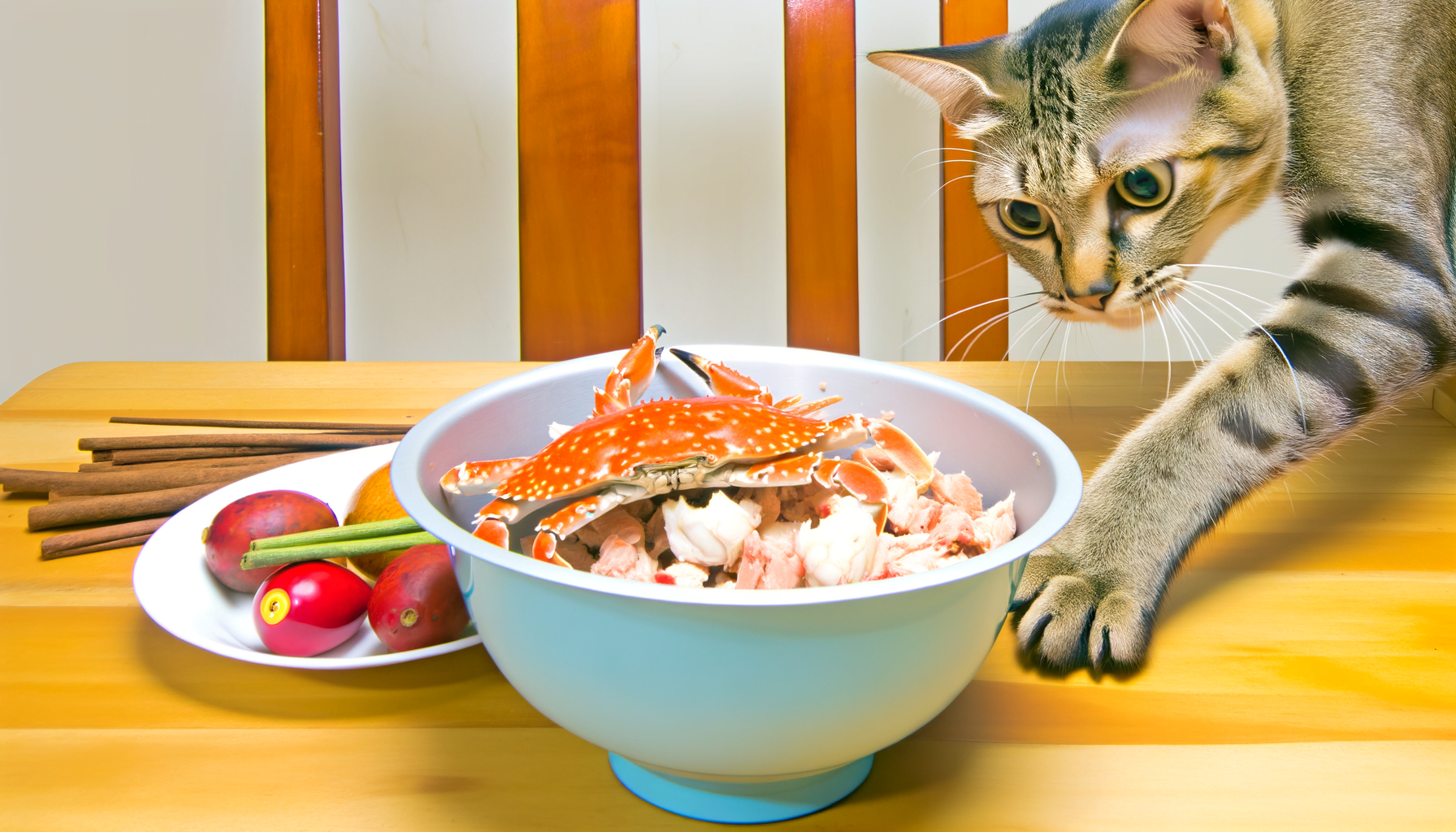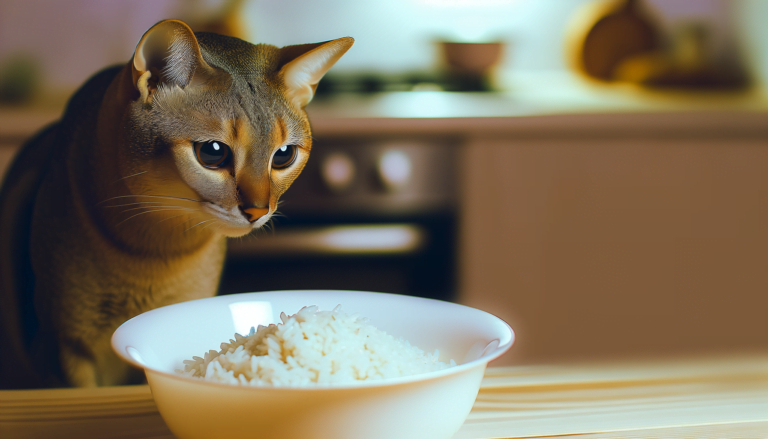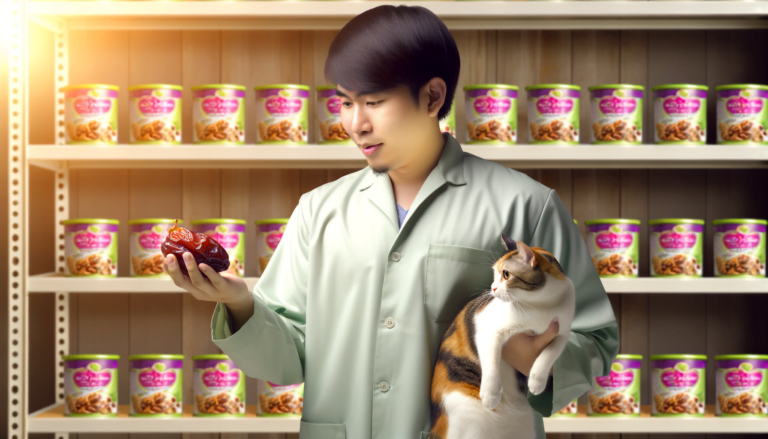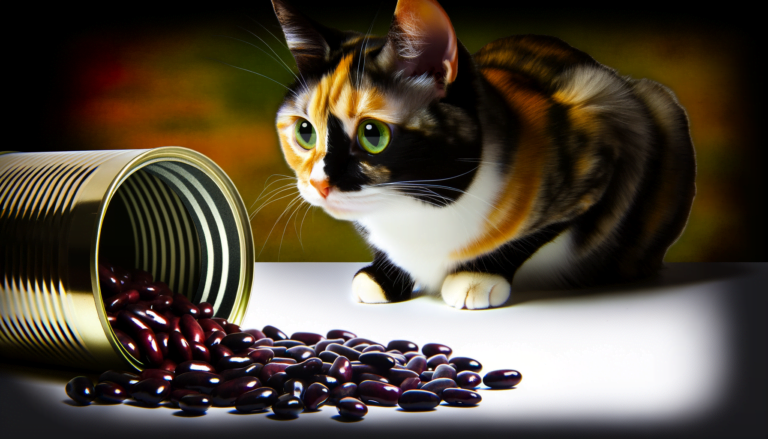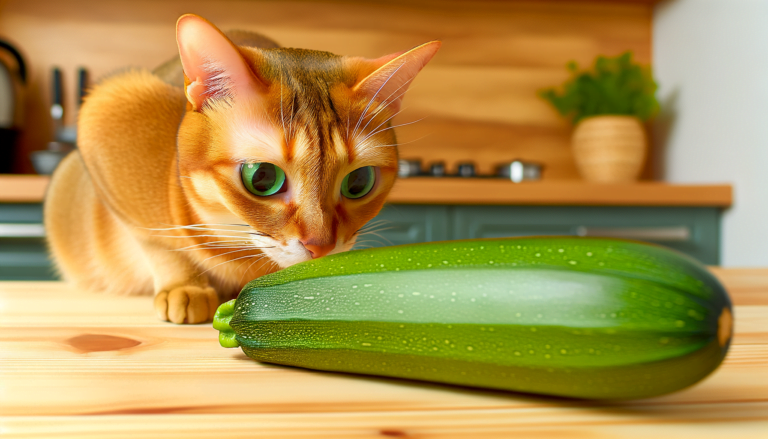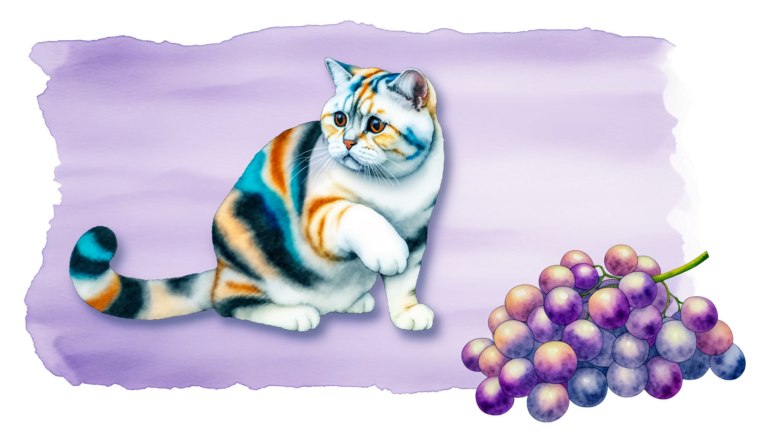Crab Meat and Cats: A Comprehensive Guide on Felines’ Seafood Consumption
Yes, cats can safely consume crab meat in moderation. Crab meat is rich in proteins and essential nutrients that are beneficial for cats’ health. However, it’s essential to make sure the crab meat is cooked thoroughly and devoid of seasonings, butter, garlic, or any additional harmful ingredients. Plain and properly cooked crab meat can be a delightful treat for your feline friend. But remember, like all treats, it should only make up around 10% of your cat’s diet to ensure they maintain a balanced food intake.
Analyzing Nutritional Value of Crab Meat for Cats
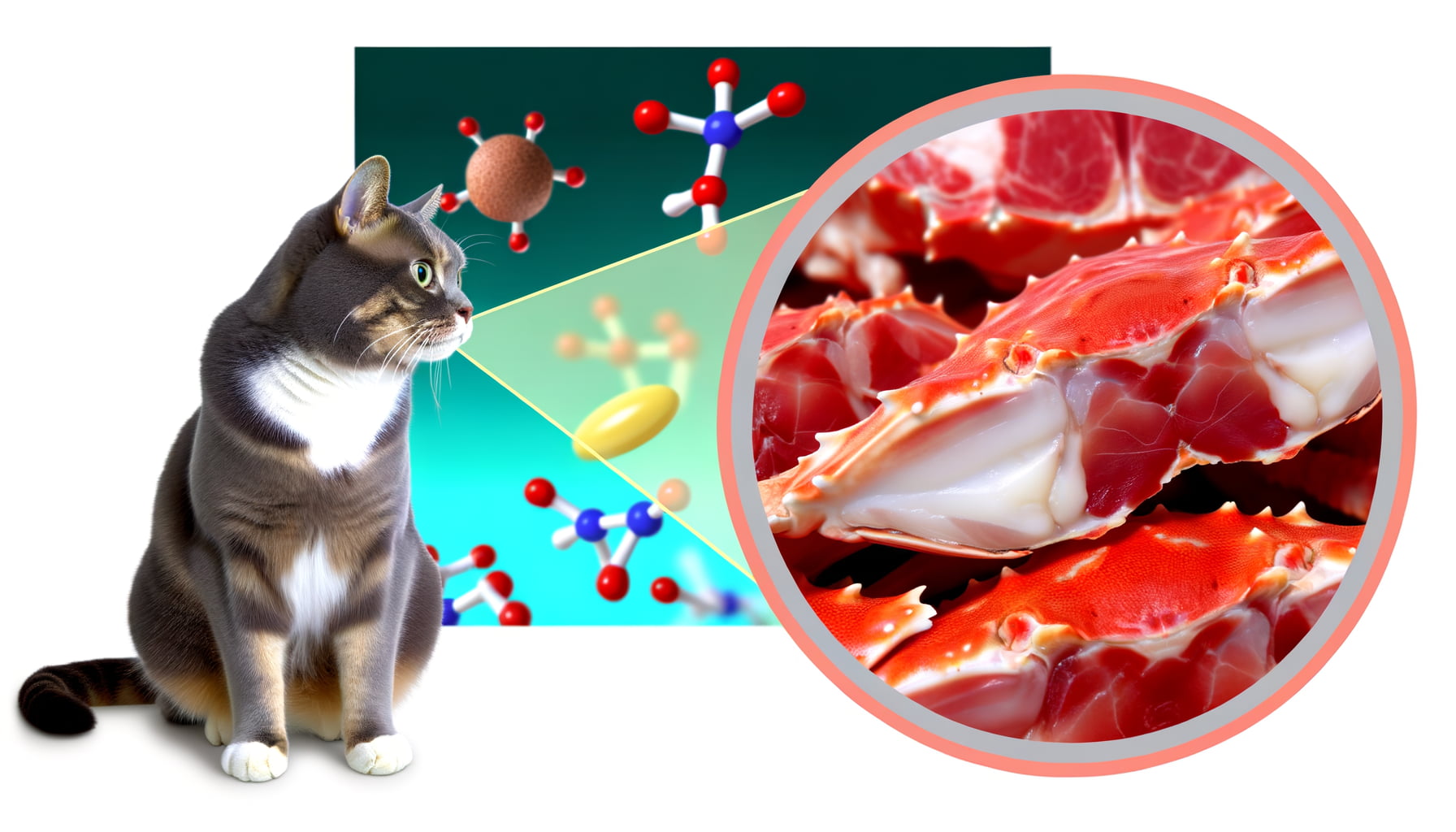
Crab meat is a varied source of nutritional benefits for cats, offering a significant source of protein, essential for muscle growth and repair. Proteins are vital components of the feline diet, and crab meat can be an excellent external source. Also, the presence of Omega-3 fatty acids in seafood improves coat health and boosts their immune system.
Another valuable component contained in crab meat is tuarine. This essential amino acid, found in seafood, contributes to the healthy eyes and heart functions of the cat. However, despite these beneficial aspects, the processed or cooked form of crab meat often used for pet consumption could lower these nutritional values.
The presence of calcium and phosphorus in crab meat also contributes to the bone health of your feline friend. However, despite its multiple stellar attributes, crab meat should only account for a small portion of a balanced feline diet. Hence, while crab meat can be a nutritional addition to your cats’ diet, it should never replace a complete, balanced diet tailored to their individual needs.
Understanding Cat Dietary Needs
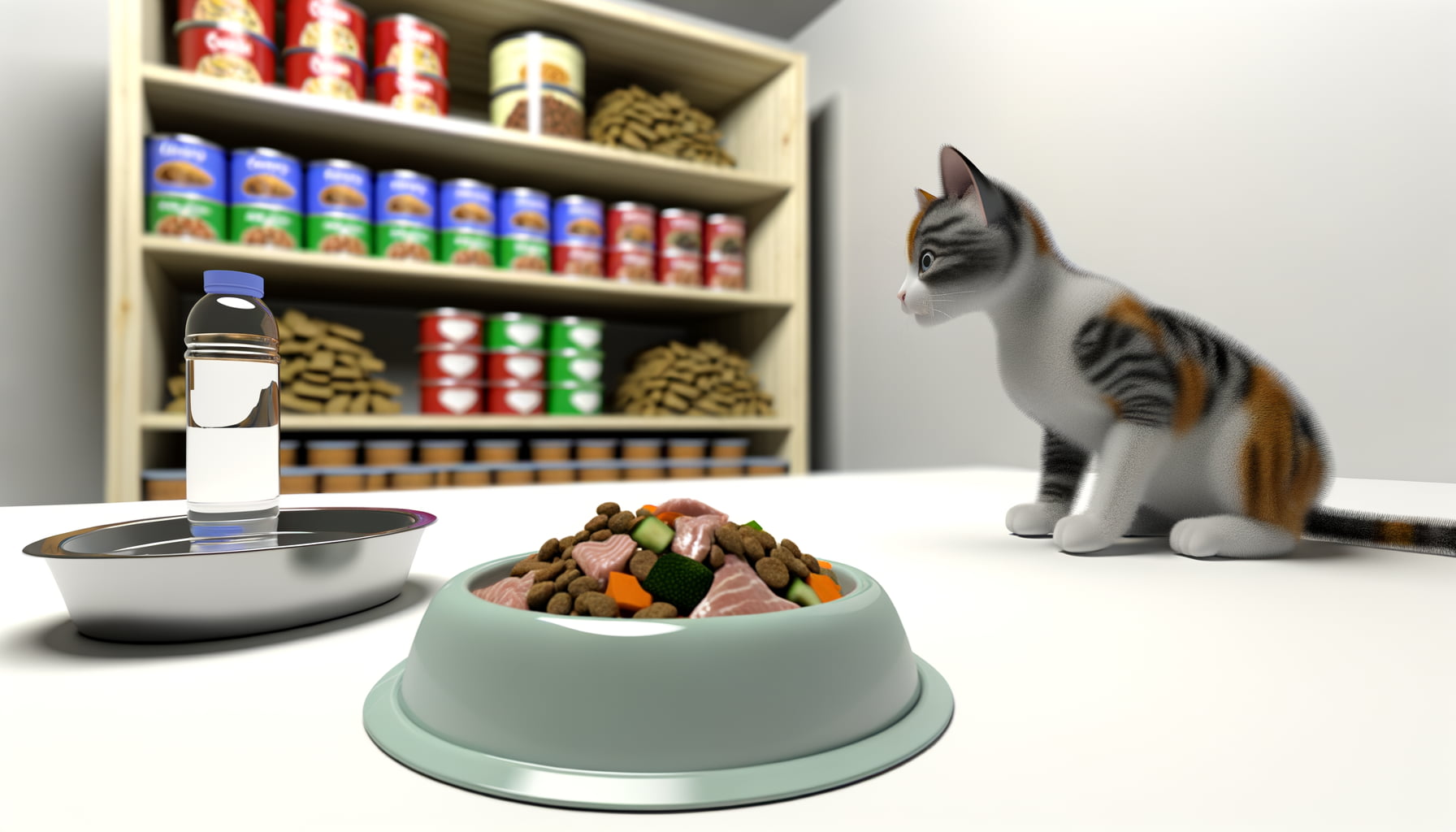
Cats, being obligate carnivores, thrive on a diet high in animal-based proteins. Their nutritional requirements are distinct from other pets, comprising essential nutrients like taurine, arginine, fatty acids, and various vitamins and minerals. Understanding these dietary needs is the first step towards ensuring your feline’s optimum health.
Commercial cat foods usually meet these dietary requirements, but they might not deliver when it comes to feeding your cat with natural ingredients. This is where crab meat can perform a significant role. It not only adds variety to the cat’s food palate, but, being protein-rich, it aligns well with their carnivorous eating habit.
However, serving plain crab meat shouldn’t serve as a replacement for the entire diet. Despite its nutritional punch, crab meat lacks some of the essential nutrients vital for a cat’s diet, such as taurine. Therefore, introducing crab meat should be seen more as an enhancement to the regular diet rather than a complete dietary change.
Potential Risks of Feeding Crab to Cats
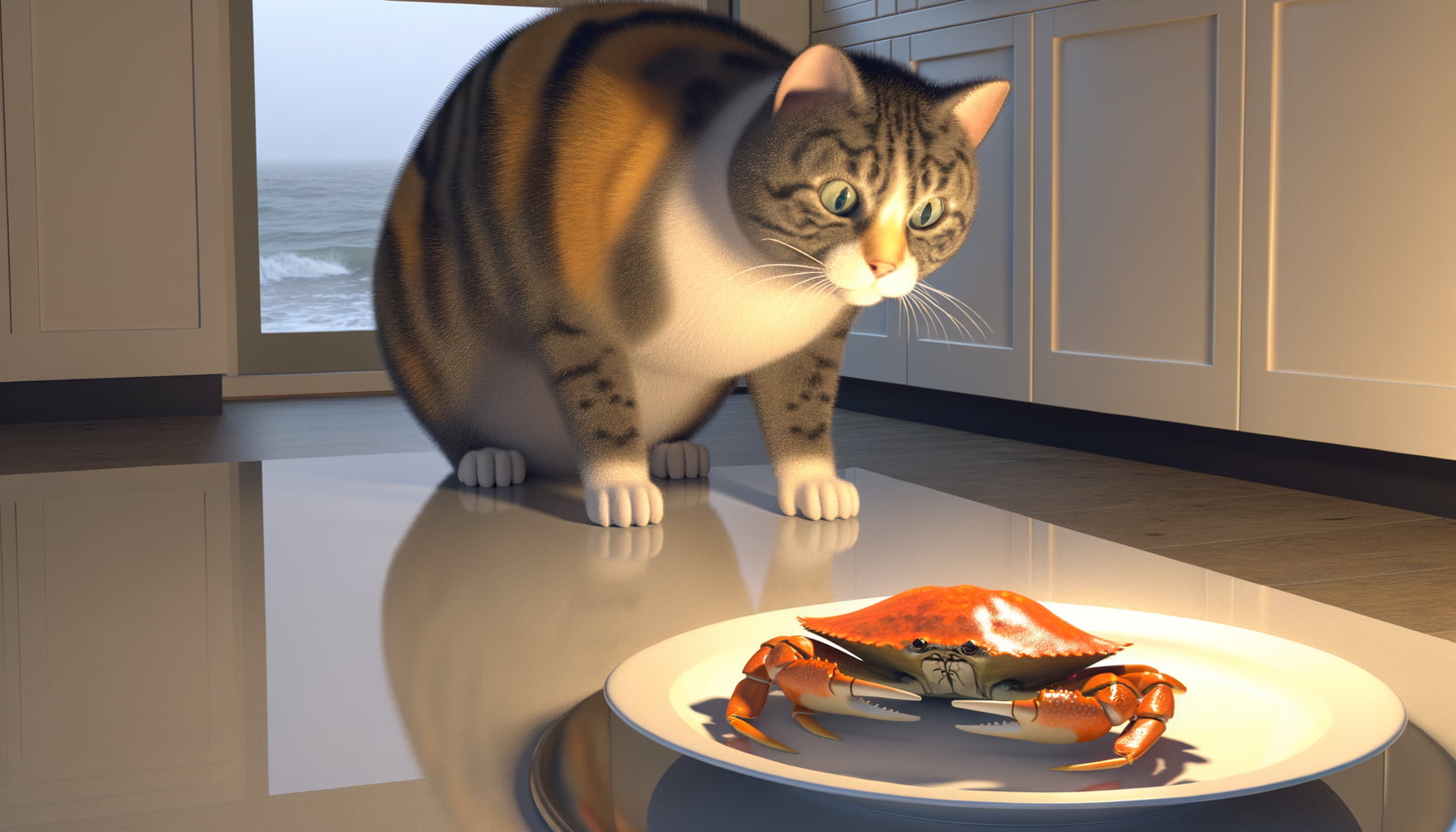
When serving crab to your feline friend, keep potential risks in mind. One of the key concerns is the likelihood of allergic reactions, which may cause symptoms like obesity, vomiting, diarrhea or skin irritations in cats.
Another risk involved is choking hazards. Crab meat needs to be meticulously removed from the shell, as fragments could potentially be a choking danger. Similarly, raw crab meat may carry harmful bacteria and parasites; hence it is crucial it’s cooked thoroughly before serving.
Lastly, there’s the issue of sodium content. Crabs from the sea naturally carry a substantial amount of salt which can contribute to urinary problems in cats. Therefore, portion control and moderation are equally important when incorporating seafood, such as crab, into your cat’s diet.
Safe Ways to Incorporate Crab into Your Cat’s Diet
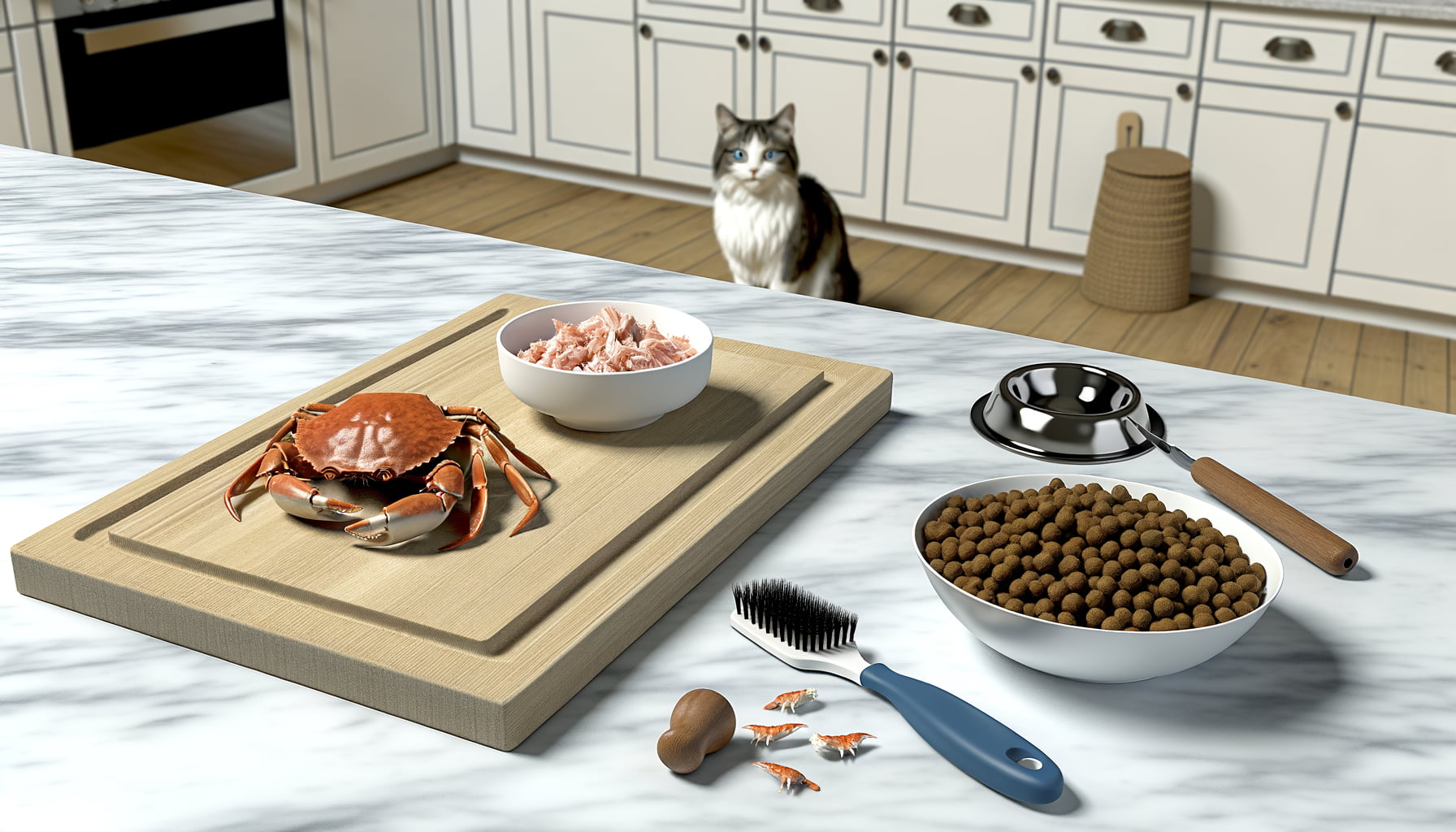
Incorporating crab into your cat’s diet can indeed be done in a safe and effective manner. Considering the biological makeup and dietary requirements of felines, moderation, preparation, and monitoring are the keys.
The first step in safely introducing crab into your cat’s meals is to ensure the seafood is thoroughly cooked. Raw seafood may contain harmful parasites and bacteria, like Salmonella, posing a potential risk. Cooking crab will eliminate these potential threats. Also, it’s essential to remove all shell fragments from the crab meat. These can be harmful if ingested by your furry friend.
The second step is to maintain moderation. While crab meat can be a source of high-quality protein for cats, it should not replace their regular, balanced diet. Cats have specific nutritional needs, and while crab can offer some nutrients, it doesn’t provide everything your cat requires to stay healthy. To avoid overfeeding, consider adding small portions of crab meat as a treat or mix it into their usual meals. Monitoring your cat’s response to this new addition to their diet will help you gauge whether to continue or stop. Remember, every cat is unique, and while one may enjoy crab, another may not.
Conclusion
In conclusion, understanding the intricacies of felines’ seafood consumption is essential for keeping our beloved cats healthy and happy. Whether indulging in crab meat or other seafood delicacies, it is important to consider the nutritional benefits and potential risks associated with these treats. By following the guidelines outlined in this comprehensive guide, cat owners can make informed decisions and provide their pets with a balanced diet that includes occasional seafood treats.
From the collection of information on safe seafood options to the importance of moderation, this guide covers all aspects of felines’ relationship with crab meat and other seafood. By staying informed and mindful of their furry friends’ dietary needs, cat owners can ensure that their beloved companions can enjoy the occasional seafood treat while maintaining optimal health and well-being.
